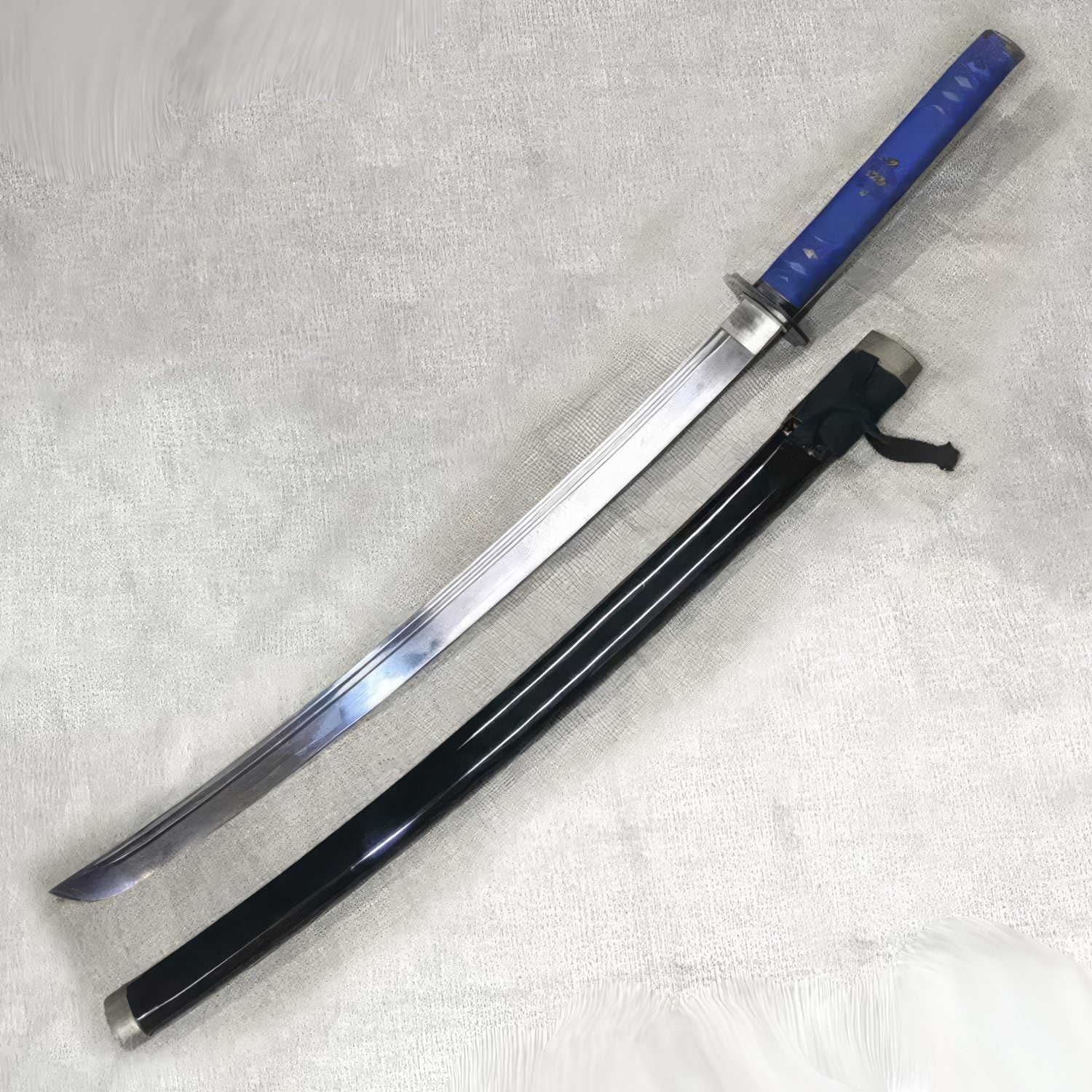Tu carrito está vacío

If you’re stepping into Korean sword arts, you’ll hear “jingum” early and often. In modern practice, the term generally refers to a live‑blade training sword, contrasted with a blunted practice sword (often called a kagum or iaito depending on the school). The point of Jingum 101 isn’t to settle terminology debates across history and schools; it’s to help you understand how to choose a training tool that fits your body, your curriculum, and your goals inside a contemporary dojang.
The first decision is safety and progression. Beginners usually start with a blunt training sword to build mechanics: grip, alignment, timing, and footwork. A lighter, well‑balanced practice sword lets you rehearse cuts and patterns without the stress of edge management. When an instructor is satisfied with your control and your syllabus calls for it, moving to a properly balanced jingum introduces the realities of a live edge. This shift is less about bravado and more about feedback. A live blade tells the truth about alignment and path. It rewards clean mechanics and punishes slop by telegraphing drag, twist, or bite when you’re off. That honest feedback, in controlled drills and under supervision, is what makes a competent practitioner out of a capable beginner.
Length and weight should be selected to match your frame and the style you practice. A sword that’s too long will drag your timing late; one that’s too heavy will tempt you into muscling through patterns instead of moving from the hips and core. The sweet spot is a blade that tracks naturally on your lines and lets you finish cuts without wobble or over‑travel. Handle shape and diameter matter more than most buyers expect; if your grip fights the blade, your forearms will gas out and your edge will wander. A good shop will help you dial those dimensions before anything else.
Blade geometry deserves a moment. Korean swords used in modern schools vary: you’ll see straight and gently curved profiles, narrower and wider blades, and a range of edge thicknesses depending on the curriculum and the targets used in demonstrations. For a trainee who will be working almost entirely on air patterns and light target work, a quicker, slightly thinner geometry brings the weapon alive in the hand and makes timing drills rewarding. If your school includes heavier targets or partner work with contact (under strict supervision and with protective protocols), a sturdier cross‑section with a bit more material behind the edge can add the durability you need. Neither choice is “better” in the abstract; each is a tool for a job.
Fittings and assembly are where comfort and safety live. A secure guard, a handle core that doesn’t flex, tight wrap, and a scabbard that retains well but draws cleanly—all of that determines whether you can train for an hour without fuss. Pay attention to the balance point too; a centimeter forward or back can make the difference between a sword that constantly wants to tip and one that feels like an extension of your hand. If you’re ordering remotely, insist on clear measurements, photos, and, ideally, a short video from the shop showing the assembled sword before it ships.
Maintenance is straightforward but essential. Wipe the blade after every session, keep a light film of protective oil on the steel, and check the handle wrap and fittings regularly for movement. Treat your scabbard like part of the system: grit inside a saya can mar a blade faster than a hundred perfect cuts. If you’re new to live edges, set up a simple routine with a checklist so you don’t skip steps when you’re tired after class.
All of that adds up to a practical rule: let your training drive your spec, not the other way around. A good jingum is a partner on your path, not a trophy on the wall. Choose the length, weight, and geometry that help you move better today, with enough durability to carry you into tomorrow’s curriculum. Work with your instructor, be honest about your current level, and remember that the most important upgrade is still time on the floor.